Pre-Code Crazy: The Eagle and the Hawk (1933)
 If you tune in to The Eagle and the Hawk (1933) on March 25th because you’re a huge Carole Lombard fan, let me give you a tip. Lombard is in the film, but her role is small; she’s on screen less than 10 minutes, tops. But if you want to see a riveting pre-Code starring two first-rate actors near the starts of their respective successful careers, you won’t be sorry.
If you tune in to The Eagle and the Hawk (1933) on March 25th because you’re a huge Carole Lombard fan, let me give you a tip. Lombard is in the film, but her role is small; she’s on screen less than 10 minutes, tops. But if you want to see a riveting pre-Code starring two first-rate actors near the starts of their respective successful careers, you won’t be sorry.
The film’s three stars – Fredric March, Cary Grant and Jack Oakie – are introduced in the opening credits in a sequence that reminded me of The Women (1939), in a manner that gives you a clue to the character’s persona. We see March’s Jerry Young looking refined and upper-crusty during a polo match; Grant, as Henry Crocker, grimly overseeing a field of workmen (and inexplicably gifting one of them with a right hook to the jaw); and Oakie’s character, Mike Richards, gleefully stuffing his face with a hearty sandwich, just before playing one of those penny fortune machines, which spits out the ominous message: “You will soon be facing great danger.”

These two weren’t exactly BFFs.
The film is set during World War I and Jerry, Henry and Mike are members of the Royal Air Force. We soon learn that while Jerry is a top-notch pilot, Henry’s not quite so talented in that area. In fact, when the men in their squadron receive orders to head for France, Henry’s left off the list – at Jerry’s behest. “You’re the best gunner in the bunch,” Jerry tells him. “But you’re gonna kill yourself if you keep trying to fly.” Jerry’s honesty earns him a knock-down punch from the embittered, hot-headed Henry.
Once in France, Jerry is immediately dispatched to the air, charged with flying through rival territory while his observer-cum-gunner, seated in the rear cockpit, takes aerial photographs and engages in gun battles with enemy aircraft. Back on land after making it through his first flight, Henry’s jubilance is quickly dampened when he realizes that his gunner was killed during the mission.

Jack Oakie was on hand to provide some much-needed comic relief.
In the next two months, Jerry loses four more gunners during his missions, and grows increasingly disturbed by his experiences, telling a superior: “I didn’t expect to be a chauffeur for a graveyard – driving men to their death day after day!” It only makes matters worse when Jerry receives a medal for his valor, and is presented as a shining example to future flyers. “We’re telling them, ‘Be like Young,’” Jerry’s commander proclaims.
Later, Jerry learns that his most recently departed gunner is being replaced by his old compatriot, Henry Crocker, who arrives on the base with a spiteful disposition and a smile that doesn’t quite reach his eyes. We learn that Henry knows all about the fate of Jerry’s previous five gunners, and that he’d volunteered to ride with Jerry. “I heard about you and your medal. I wanted to see how you did it. And how long you could keep on doing it,” Henry says nastily. “I was just wondering how long you’d go on before your nerves would go to pieces.”

Jerry and “The Beautiful Woman.”
As Henry predicted, Jerry becomes further unhinged, drinking more and more with every death he witnesses and suffering nightmares that leave him screaming out in his sleep. Meanwhile, Henry begins to develop a grudging respect and appreciation for his partner, even cooking up a savvy scheme to earn Jerry a 10-day leave. It’s on that leave that Jerry meets a glamorous but sensitive and understanding woman who observes his growing unease at a party where he’s constantly reminded of the horrors he left behind. She winds up sharing a bottle of champagne with him in the park, encouraging him to reveal the thoughts and feelings that he’s kept bottled inside throughout the war. “I thought it was like a game – polo, or something like that. And then the first time I went up, I brought down a plane and that started it,” he tells the woman (who is credited only as “The Beautiful Lady.”) “Somebody slapped me on the back and told me I was great and I had to go on. More planes. More dead men. More medals. There isn’t any end.”
Speaking of the end, I’m not going to share any more – you’ll need to see for yourself what happens with The Eagle and the Hawk. But I will say this: this movie is harrowing, moving, sad and unforgettable, with amazing performances from both Fredric March and Cary Grant. It’s sometimes hard to watch, and it’s definitely hard to stop thinking about after the credits roll, but it’s a truly excellent film.
 Don’t miss it. March 25th on TCM. You only owe it to yourself.
Don’t miss it. March 25th on TCM. You only owe it to yourself.
——–
And don’t forget to pop over to Speakeasy to see what pre-Code gem Kristina is recommending for the month!
~ by shadowsandsatin on March 11, 2018.
Posted in Pre-Code Crazy, Pre-Code Films
Tags: Carole Lombard, Cary Grant, Fredric March, Jack Oakie, pre-code, pre-Code Crazy, The Eagle and the Hawk


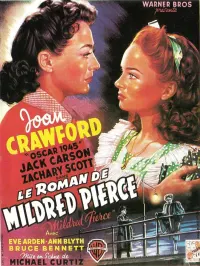




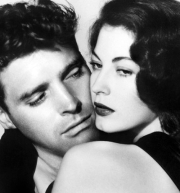












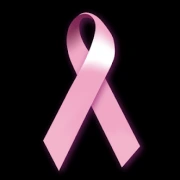
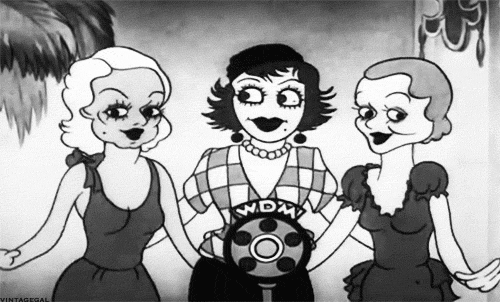


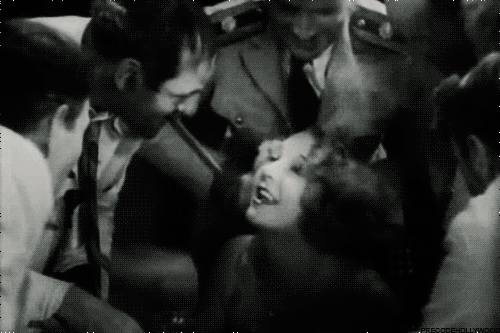


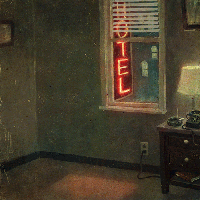
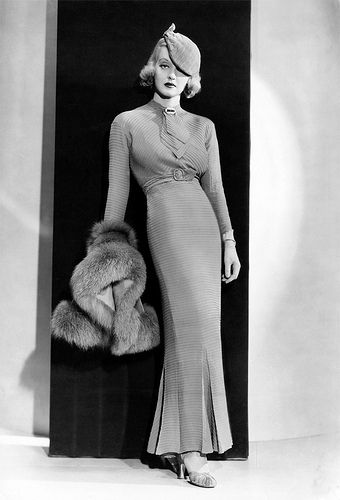



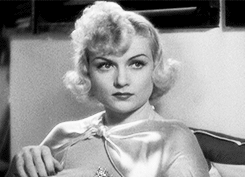
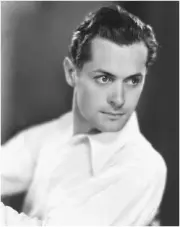
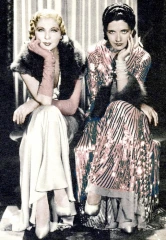

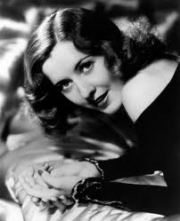



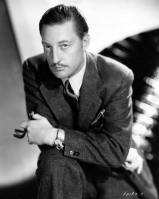




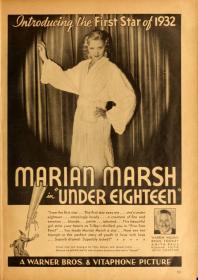
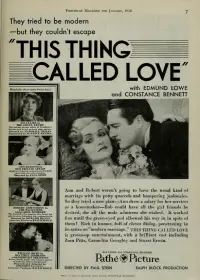

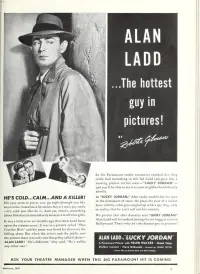
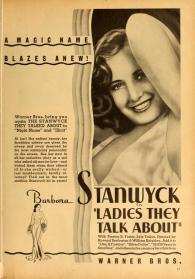

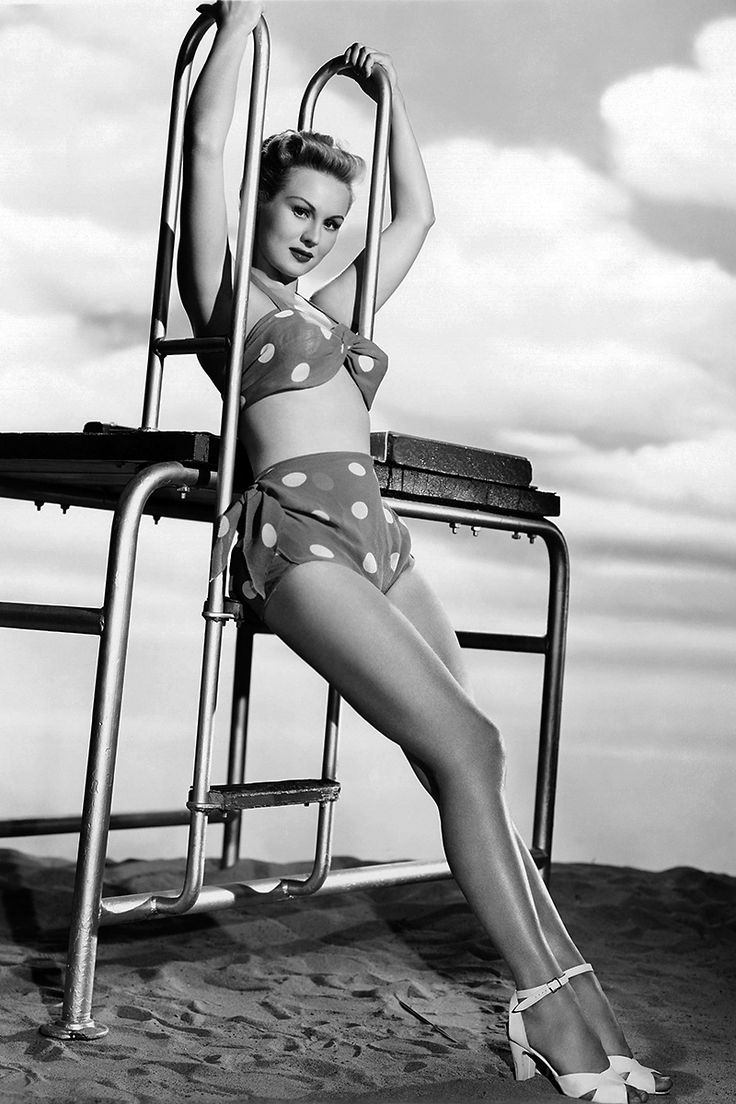



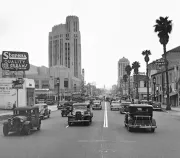
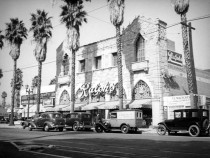


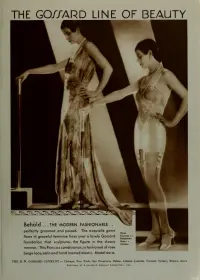

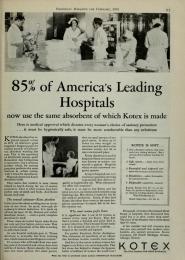

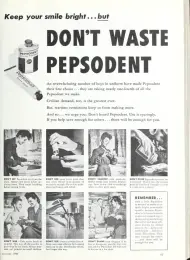


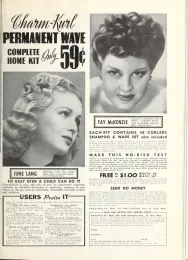





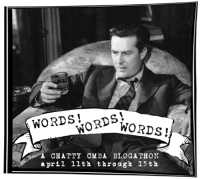

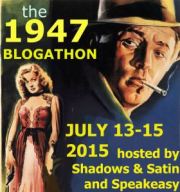
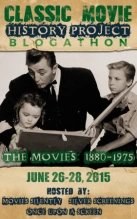
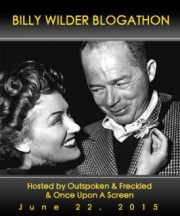


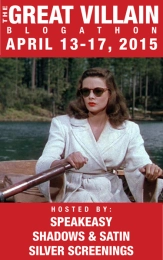


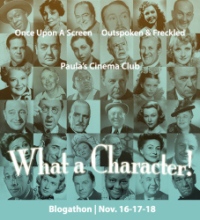
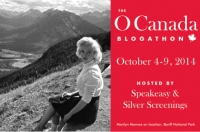


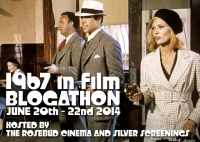


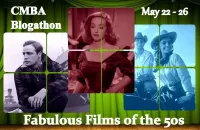
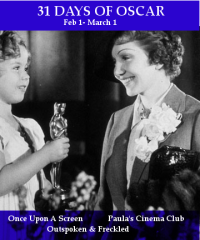
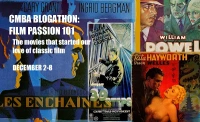







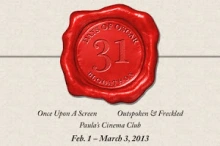

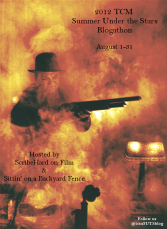


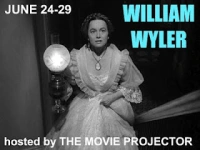





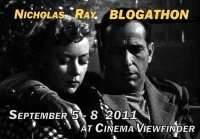

Noted. March 24th. Won’t be sorry.
If you get the chance, Paddy, come back and tell me what you thought!
Great choice, what a powerful movie! Love Grant and March in this and Lombard does a lot with her few scenes. Apparently there were more scenes after the end that were cut, but not that this version suffers any.
Thanks, Kristina! I’d love to know what was cut out. I think the ending is perfect.
Holy cow I’m definitely recording this one! Thanks so much for giving us the heads-up!
My pleasure, VB! I’d love to get your take on it after you see it.
I didn’t truly think that another John Monk Saunders WWI flyers story would move me, but I wept. I don’t know how to feel about the ending. I don’t know how they want us to feel about the ending. What an ending! Thanks a lot for this recommendation. It is unforgettable.
I’m so glad you checked it out and liked it, Paddy. It was so good, wasn’t it?